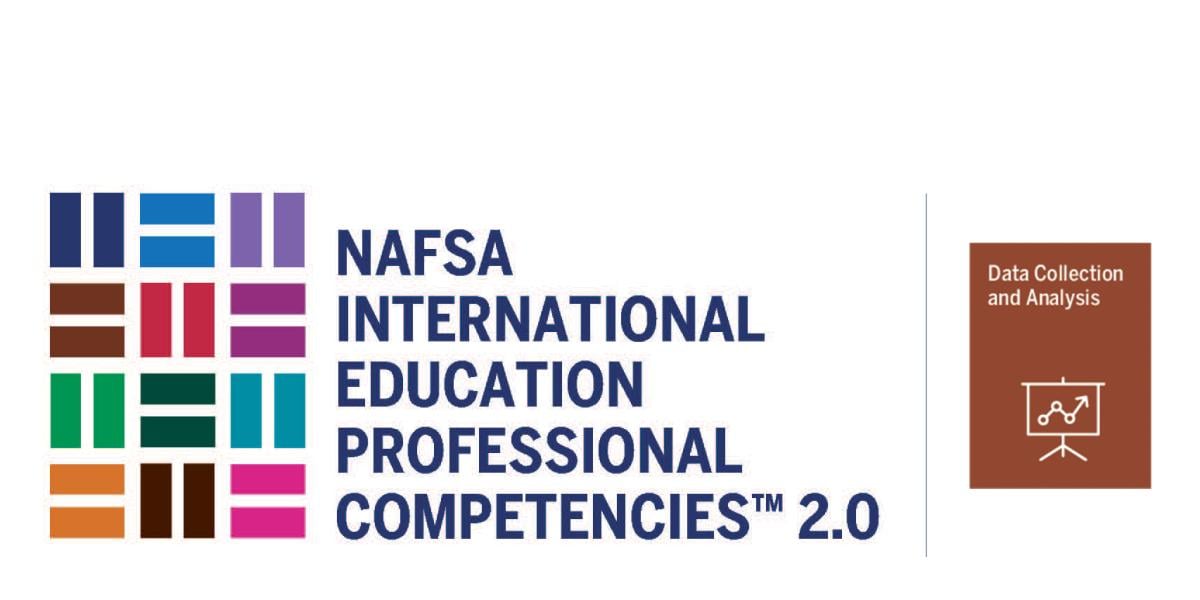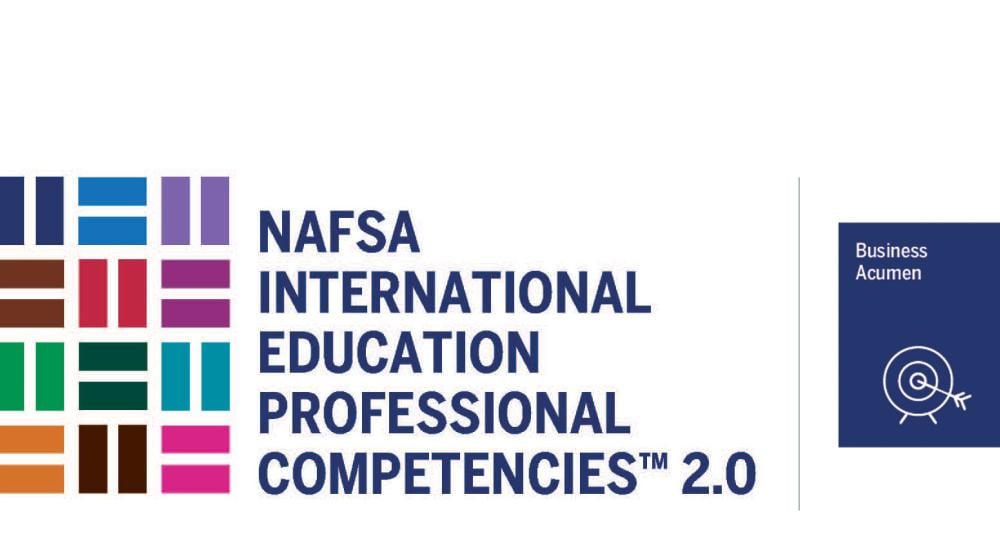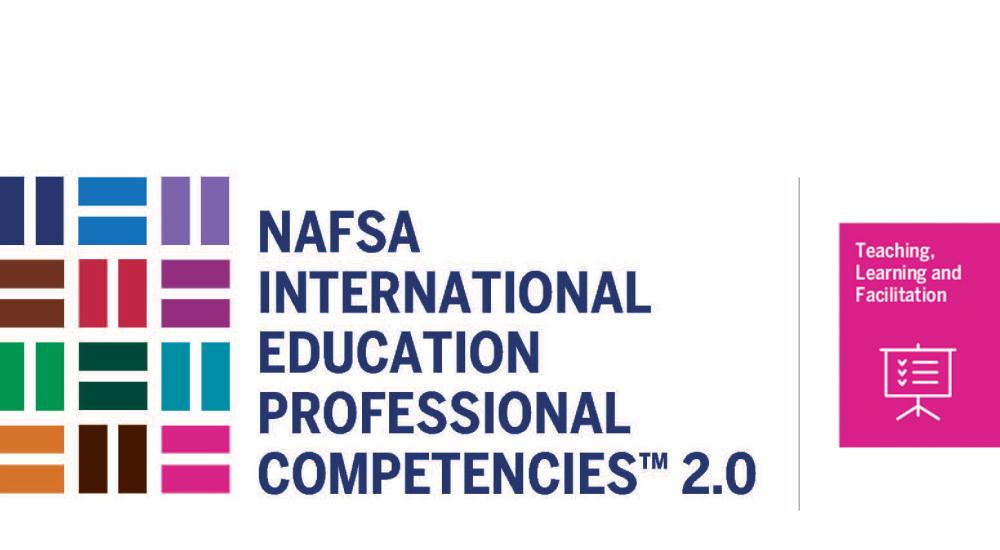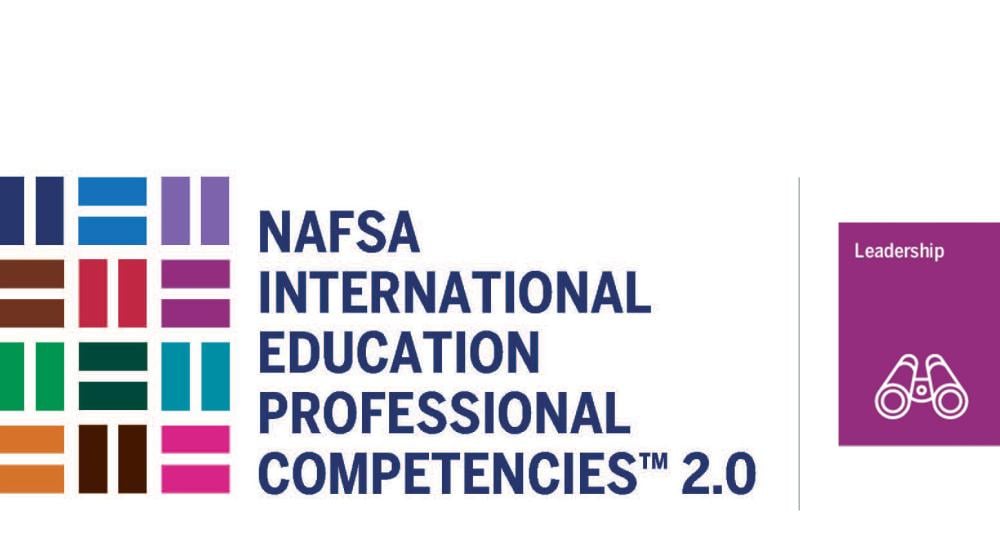Reflections on the NAFSA IE Competencies: Data Collection and Analysis

Editor’s note: This article is one in a new series for 2023 that explores one of the 12 International Education Professional Competencies 2.0 in each issue of International Educator. Each written by a NAFSA member, the articles cover how that competency is critical to the future of the field and what it looks like in practice.
NAFSA’s International Education Professional Competencies 2.0 include data collection and analysis among the key skills that international educators need to be effective advisers, leaders, advocates, and scholars in the future. The data collection and analysis competency includes skills and abilities such as applying quantitative, qualitative, and mixed methods approaches to understand international education questions and topics, ensuring data integrity, bringing data into the decision-making process, and using data to analyze and assess the impact of programs, processes, and policies. International educators need knowledge of databases and how they work, how to use data results to communicate with stakeholders, and, yes, that dreaded word, statistics.
Data collection and analysis are a large part of what I do on a daily basis in my role as an assistant professor of international and global education at SIT’s Graduate Institute, whether it’s teaching quantitative research methods courses, advising Master’s and doctoral students on capstone projects and dissertations, or conducting my own research. As someone who conducts primarily quantitative research, here are three things that I wish all international educators knew about data collection and analysis:
1. We can’t afford to be afraid of math.
I will never forget an experience I had the first time I attended an international education conference. I was listening to a presentation about the implementation of a study abroad program and the presenters were sharing results of a quantitative program evaluation they had done. It struck me that they prefaced the results of their study with this caveat: “I know we don’t really do numbers in study abroad, but we’ll ask you to please just be patient with us.”
There are a number of reasons why it’s problematic that the presenters felt the need to give this caveat. Perhaps the most foundational explanation is the pervasive notion in our broader society that girls can’t do math. Our field is dominated by women, and many of us are told from a young age that we shouldn’t even try to work with numbers. We can’t afford to adopt this attitude towards math and statistics in the future.
The stories of study abroad program participants are important to record and can be powerful when we advocate on behalf of our programs. However, participant stories are only part of the information we need to understand our programs and their broader role in society. We must have numbers to gain a better understanding of general trends in the field, overall student outcomes, or the current state of the field from a bird’s eye view.
2. Data collection and analysis take time and expertise.
While statistics seems to be a barrier to data collection and analysis for some in our field, an alternative perspective is also present. Collecting and preparing data for analysis is often the most time-consuming part of a research project. The process of designing a survey and sending it out to a few hundred students to collect data may seem easy at the surface level, but this perspective ignores a few key steps: developing survey questions with the literature review, piloting the survey instrument, and organizing outreach to potential participants place—all of which must be done before data are even entered into an Excel file for cleaning and analysis.
When we start talking about measuring complex student outcomes, such as intercultural competence or cultural humility, this process becomes even more time consuming. As some of my doctoral students would tell you, these outcomes are not simple to measure. Turning to data analysis, the statistical training necessary to analyze data in a way that addresses many of the most pressing issues for international education takes years (and often many graduate-level research courses that involve lots of blood, sweat, and tears) to develop.
While it may seem to the outsider that quantitative data collection and analysis happen with the click of a few buttons in a statistical software program, the time and expertise that goes into a high-quality analysis are substantial. Since most international educators do not have this level of expertise, my third point is a crucial one.
3. Collaboration is key.
While math may sound scary to some, and the resources needed to conduct a high-quality analysis using international education data are often substantial, the good news is that we often don’t have to do it all alone. In my role as a researcher, I’ve worked with international educators who didn’t really want to have anything to do with statistics and others who just didn’t have the time to develop the necessary expertise. But that’s ok, because they didn’t have to. They helped me collect or gain access to the data I needed for a particular project, and I was able to provide the necessary methodological expertise.
On the flip side, as an academic researcher, I don’t always know the ins-and-outs of international education in a particular context. Practitioners who are on the ground can help me think through how the broad issues in the field that I think about on a regular basis play out in their specific contexts, which in turn leads to more interesting—and more useful—research questions.
In short, international education can no longer avoid quantitative data collection and analysis, and it is essential that we welcome and encourage development of these skills. Through collaboration with individuals in many different roles, including researchers and practitioners, we can answer key questions that help us design better, more inclusive programming and advocate for ourselves in institutional, local, national, and international contexts. •
NAFSA Resources
- NAFSA's International Education Professional Competencies 2.0
- Building a Data Strategy to Advocate for IE Programs eLearning Express course
- Foundations for Strategic Analysis of IE Data eLearning Express course
- Applied Analysis for Strategic Decision Making eLearning Express course
- Sharing Results for Effective Advocacy eLearning Express course
- Data Driven Decision Making eLearning Express course series
About International Educator
International Educator is NAFSA’s flagship publication and has been published continually since 1990. As a record of the association and the field of international education, IE includes articles on a variety of topics, trends, and issues facing NAFSA members and their work.
From in-depth features to interviews with thought leaders and columns tailored to NAFSA’s knowledge communities, IE provides must-read context and analysis to those working around the globe to advance international education and exchange.
About NAFSA
NAFSA: Association of International Educators is the world's largest nonprofit association dedicated to international education and exchange. NAFSA serves the needs of more than 10,000 members and international educators worldwide at more than 3,500 institutions, in over 150 countries.
NAFSA membership provides you with unmatched access to best-in-class programs, critical updates, and resources to professionalize your practice. Members gain unrivaled opportunities to partner with experienced international education leaders.














